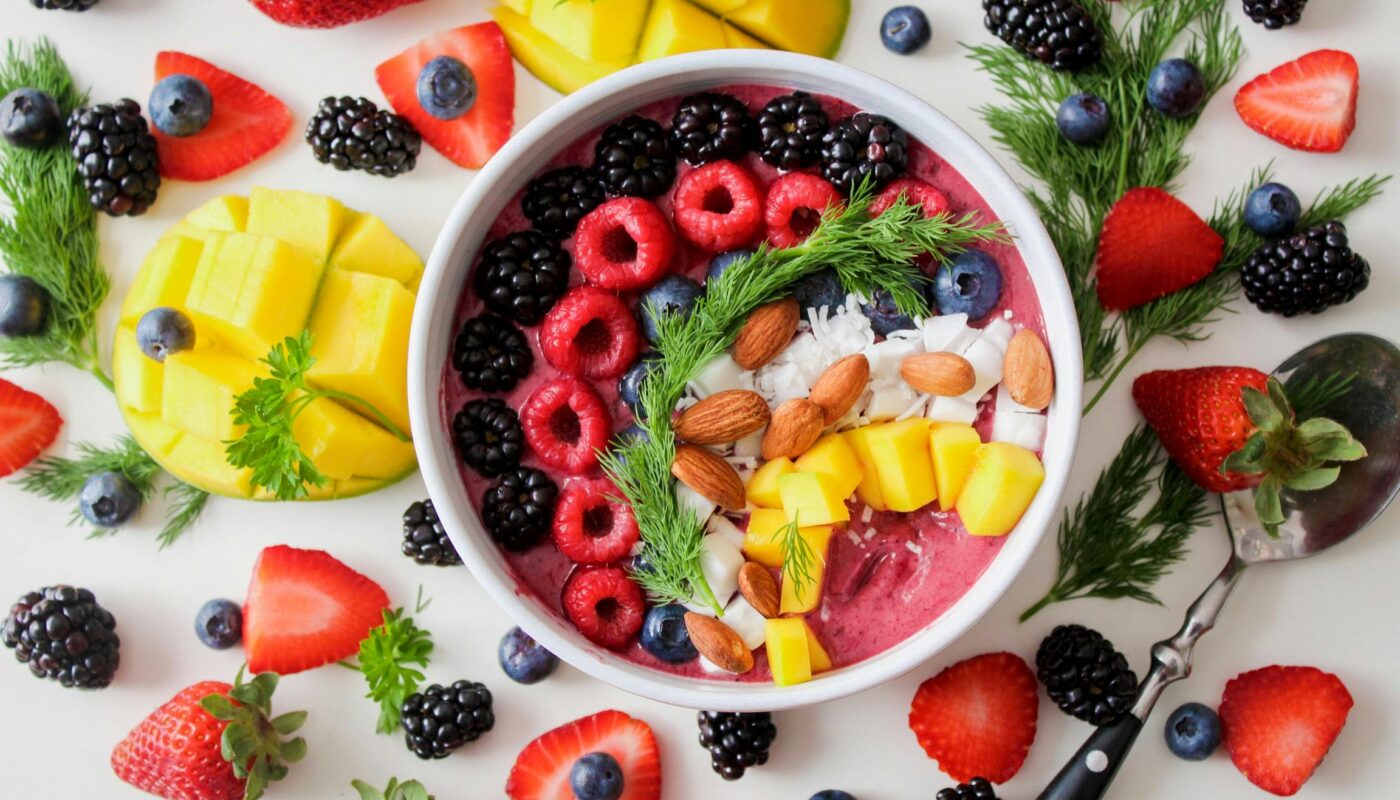Intuitive eating is a self‑care framework created by registered dietitians Evelyn Tribole and Elyse Resch in 1995, grounded in nurturing a healthy relationship with food by listening to your body’s innate cues rather than external diet rules. It rejects the diet mentality—no forbidden food lists or rigid meal plans—and instead encourages permission to eat all foods based on your physical, emotional, and environmental signals. At its core, intuitive eating views food neutrally: not “good” or “bad,” but data about what your body needs in the moment.
Unlike conventional diets that often trigger cycles of restriction and bingeing, intuitive eating fosters internal regulation and body respect, aiming for long‑term well‑being over short‑term weight changes. Rather than focusing on calories or macros, practitioners learn to honor hunger, recognize fullness, and cultivate satisfaction, leading to more balanced eating patterns and reduced preoccupation with food.
The 10 Core Principles of Intuitive Eating
Intuitive eating is structured around ten interrelated principles that guide you from rejecting diet culture to gentle nutrition. Embrace each principle at your own pace.
- Reject the Diet Mentality
Let go of quick‑fix diets and false promises of “perfect” bodies by discarding diet books, food plans, and restrictive rules. - Honor Your Hunger
Feed yourself sufficiently to avoid excessive hunger that can lead to overeating and blood‑sugar dips. - Make Peace with Food
Give yourself unconditional permission to eat dessert, chips, or any food without guilt, dissolving the forbidden‑food allure that fuels cravings. - Challenge the Food Police
Address the inner critic labeling foods or eating behaviors as “good” or “bad,” and replace self‑punitive thoughts with self‑compassion. - Respect Your Fullness
Pause in the middle of a meal to assess your fullness level, then decide whether to continue or stop eating. - Discover the Satisfaction Factor
Enjoy the sensory pleasure of eating—flavors, textures, aromas—which signals your brain that you’ve had enough food. - Honor Your Feelings without Using Food
Identify alternative coping tools—journaling, walking, deep breathing—for emotions like stress or boredom instead of turning to snacks. - Respect Your Body
Accept genetic body shape and size, shifting the focus from achieving an “ideal” physique to cultivating body appreciation and self‑respect. - Movement—Feel the Difference
Choose physical activities that feel good—dance, yoga, hiking—rather than exercising solely to burn calories. - Honor Your Health with Gentle Nutrition
Make food choices that honor both health and taste buds, incorporating more nutritious items gradually without rigid restrictions.
Research and Evidence
Psychological Well‑Being
Intuitive eating is strongly associated with improved body image, higher self‑esteem, and lower rates of disordered eating, compared to chronic dieting. Participants report reduced food preoccupation, guilt, and shame, leading to greater overall mental health and life satisfaction.
Physical Health Outcomes
Although not designed as a weight‑loss program, intuitive eating correlates with healthier metabolic markers. Practitioners often experience improvements in blood lipid profiles, better insulin sensitivity, and reduced cardiovascular risk factors—likely due to decreased stress and more balanced eating patterns.
In one intervention study, intuitive eating counseling led to better diet quality and sustainability, without the rebound weight gain often seen in diet alternatives. Participants frequently report more consistent energy throughout the day and steadier blood sugar levels.
Long‑Term Sustainability
Unlike many dietary approaches that yield short‑lived results before rebound behaviors, intuitive eating fosters durable habits. In follow‑up research, many participants maintained improved eating behaviors and body satisfaction over extended periods, with low dropout rates and high satisfaction.
Getting Started: A Step‑by‑Step Roadmap
- Journal Your Relationship with Food
Track mealtimes, hunger levels, emotions, and thoughts around eating. This creates awareness of patterns and triggers, helping you distinguish physical hunger from emotional or habitual eating. - Learn to Tune Into Hunger and Fullness
Use a 1–10 hunger scale before and after meals to calibrate your internal cues. Over time, this helps you recognize true physiological hunger versus eating out of boredom or stress. - Practice Mindful Eating
Remove distractions—phones, screens, work—and eat slowly. Chew thoroughly, put utensils down between bites, and savor each mouthful to build satisfaction awareness. - Set Gentle, Realistic Goals
Rather than overhauling your entire diet overnight, focus on one small change per week (for example, adding a serving of vegetables at lunch). Small steps build confidence and lasting habits. - Seek Guidance and Support
Connect with a certified intuitive eating counselor, registered dietitian, or peer support group. Sharing struggles and successes helps reinforce progress and keeps you accountable.
Common Pitfalls and How to Overcome Them
- Waiting for Perfection
Expecting flawless intuitive eating can stall progress. Accept that missteps are part of the learning process, then gently return to listening to your body without judgment. - Misinterpreting Permission
Permission to eat all foods isn’t an invitation to mindless grazing. Maintain awareness of satisfaction and fullness, even when enjoying “permission” foods. - Emotional Eating Confusion
Emotional cravings differ from physical hunger. Develop alternative coping strategies—journaling, calling a friend, exercise—for emotional distress to avoid confusing emotions with hunger. - All‑or‑Nothing Thinking
Avoid swinging between rigid dieting and unrestricted eating. Practice balanced choices and self‑compassion when cravings or occasional overindulgences occur.
Tips for Cultivating Intuitive Eating Daily
- Body Scanning
Pause several times each day to notice physical sensations—hunger pangs, fullness, fatigue—to strengthen your mind–body connection. - Hydration First
When you feel hungry, try drinking a glass of water first. Thirst is often mistaken for hunger, and hydration can clarify your true needs. - Create a Supportive Environment
Surround yourself with balanced messages: unfollow diet‑centric social media, stock your pantry with both nutritious and pleasure foods, and seek role models who practice food freedom. - Celebrate Non‑Scale Victories
Acknowledge improvements in energy, mood, sleep quality, and self‑compassion as markers of success beyond numbers on a scale. - Integrate Movement for Joy
Explore new activities—dance, hiking, martial arts—that bring you pleasure, not punishment. This fosters a positive feedback loop between body and mind.
Frequently Asked Questions
Is intuitive eating a weight‑loss approach?
No. Its primary aim is to foster body trust and well‑being. However, many experience weight stabilization or modest loss as a byproduct of balanced eating and reduced stress.
How long before I see benefits?
Some people notice relief from food guilt and improved mood within weeks, while deeper body‑trust and metabolic changes often unfold over several months to a year.
Can I combine intuitive eating with specific dietary needs?
Yes. You can honor medical or cultural dietary requirements (e.g., food allergies, religious practices) while still applying intuitive principles to your eating patterns and mindset.
Conclusion
Intuitive eating offers a research‑backed pathway to heal your relationship with food, enhance physical and mental health, and build lifelong habits grounded in self‑trust. By embracing its ten principles, honoring internal cues, and navigating common challenges with compassion, you can move beyond the diet cycle toward a balanced, satisfying, and sustainable way of eating. Start small, seek support, and remember that true well‑being is measured by your energy, mood, and sense of empowerment—far beyond the numbers on a scale.



